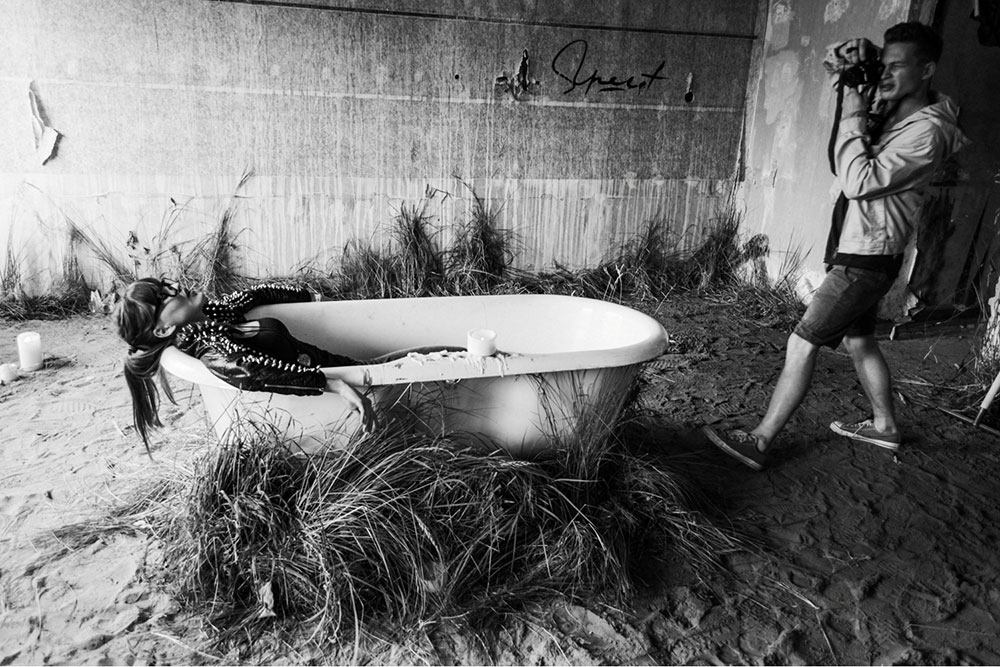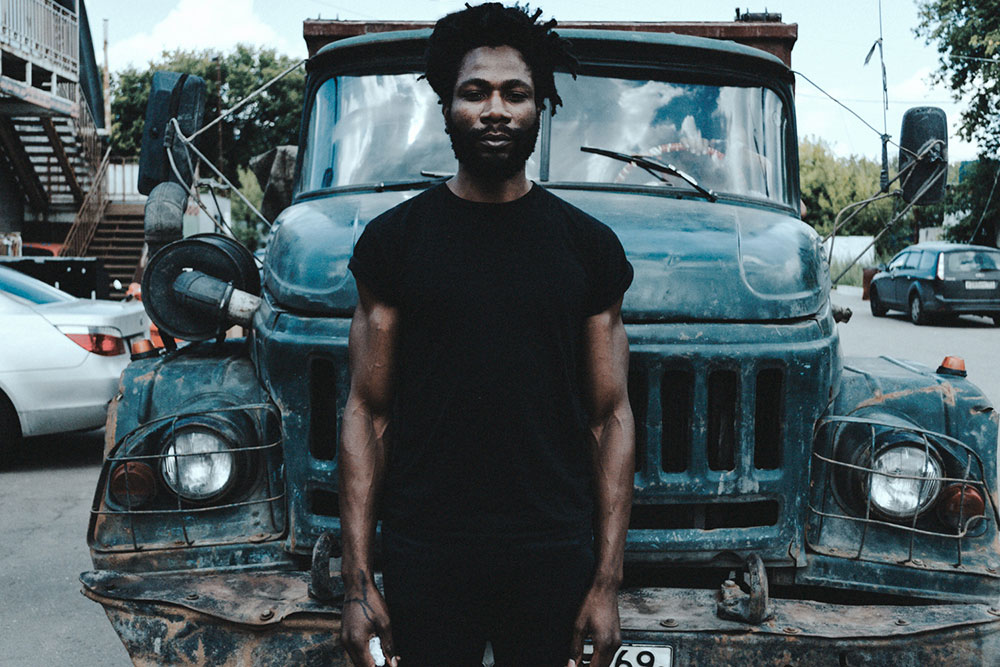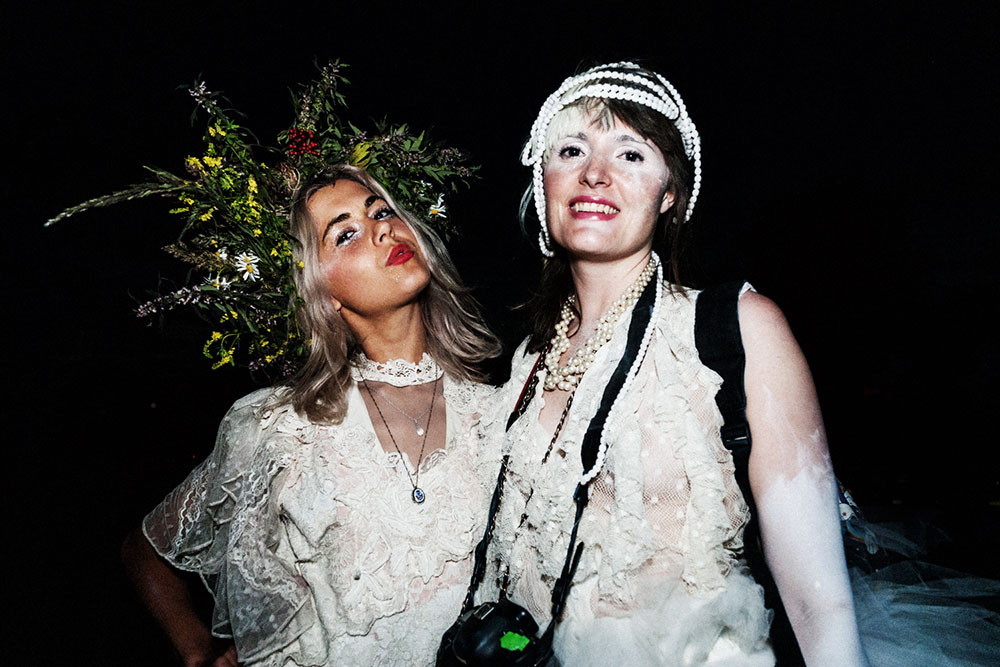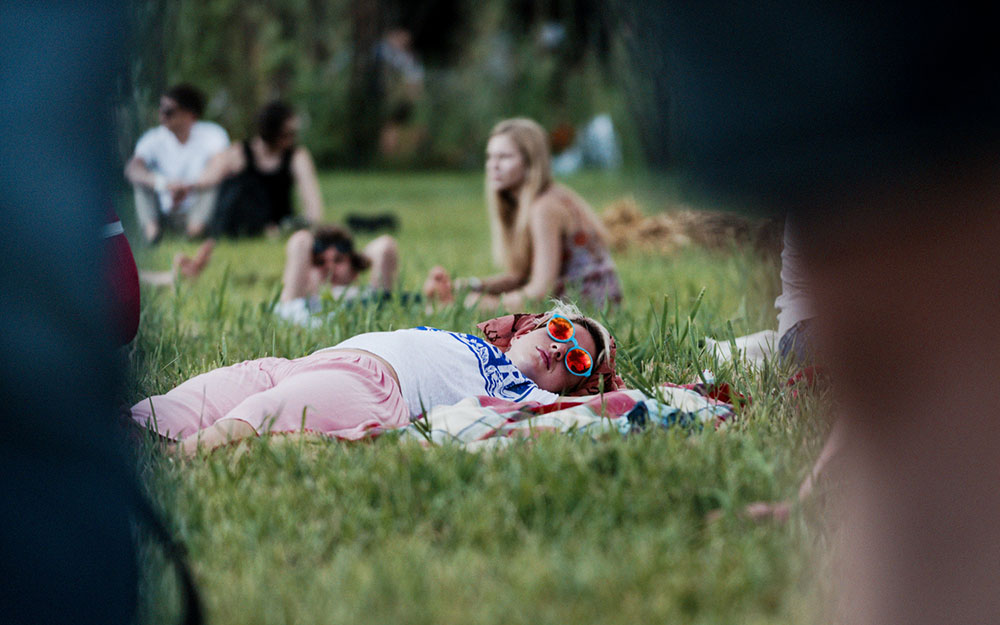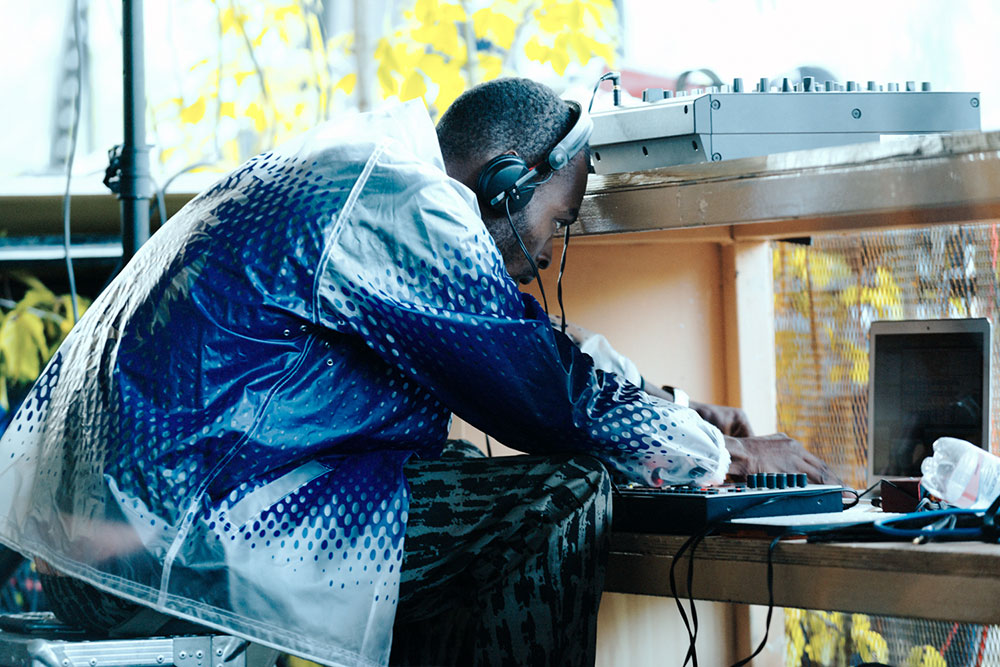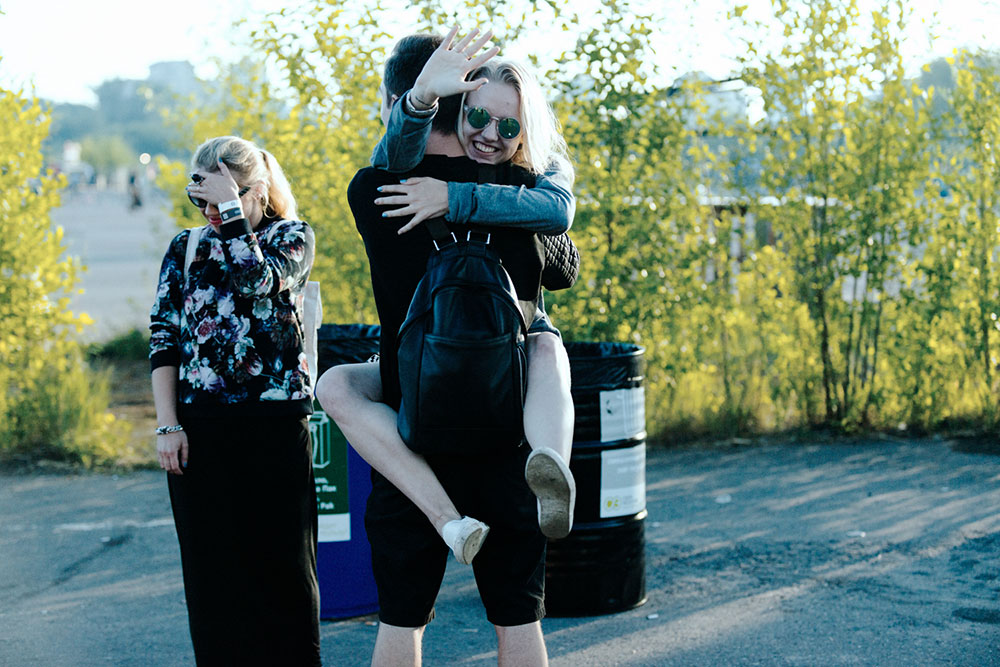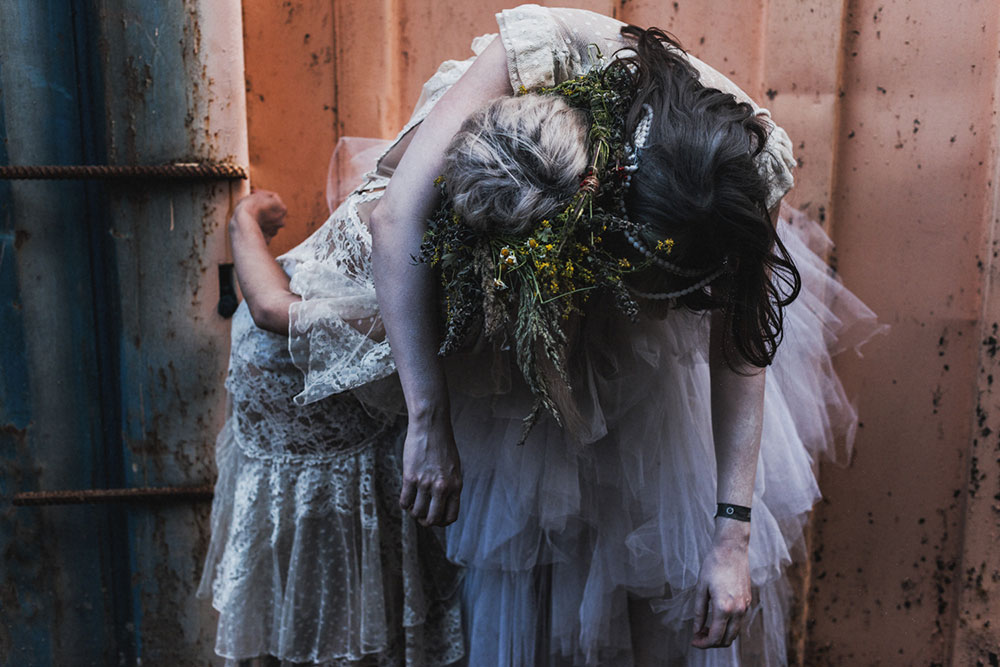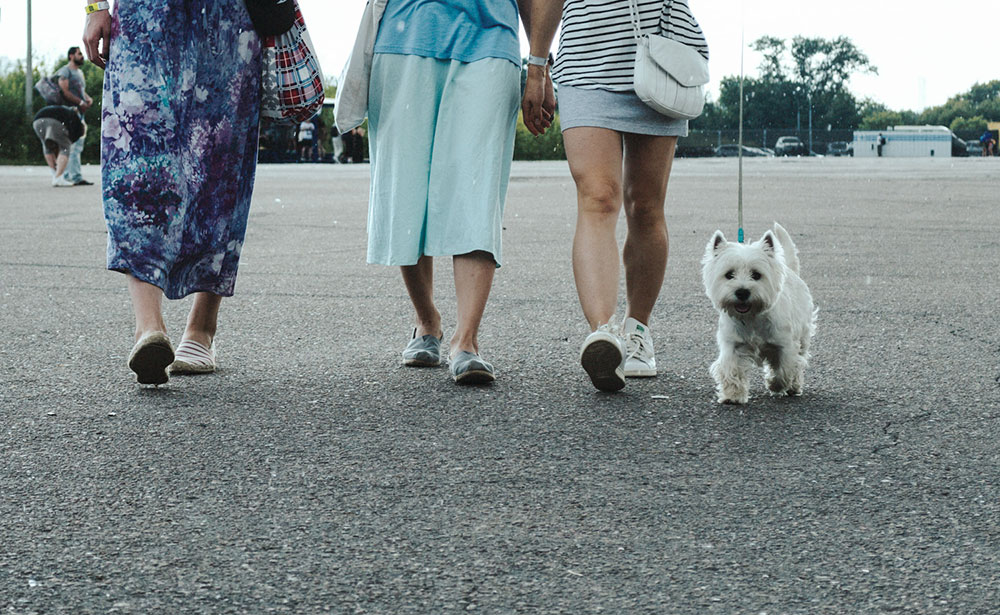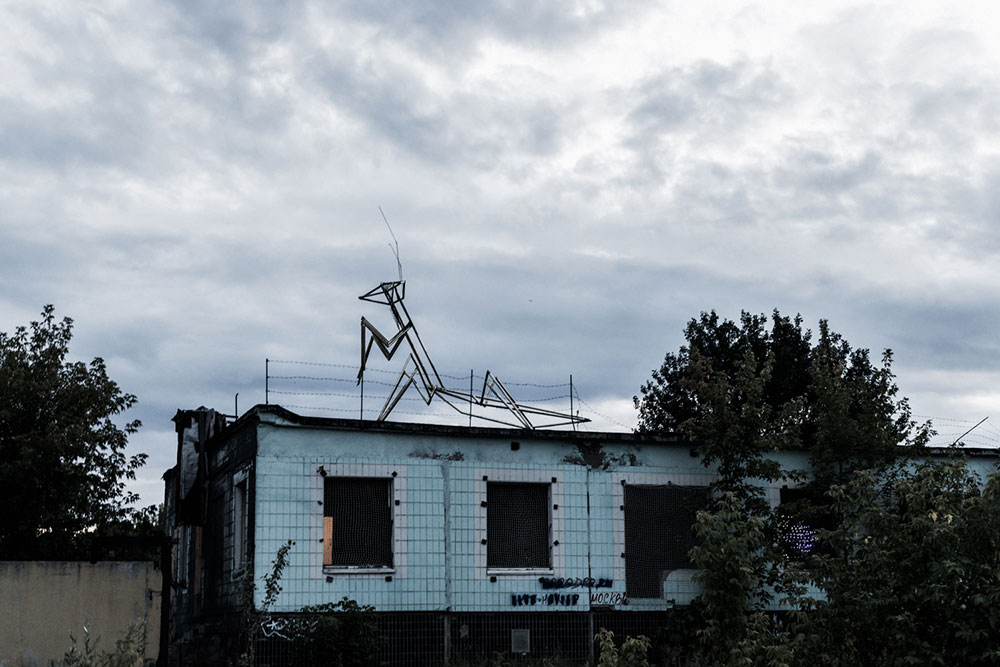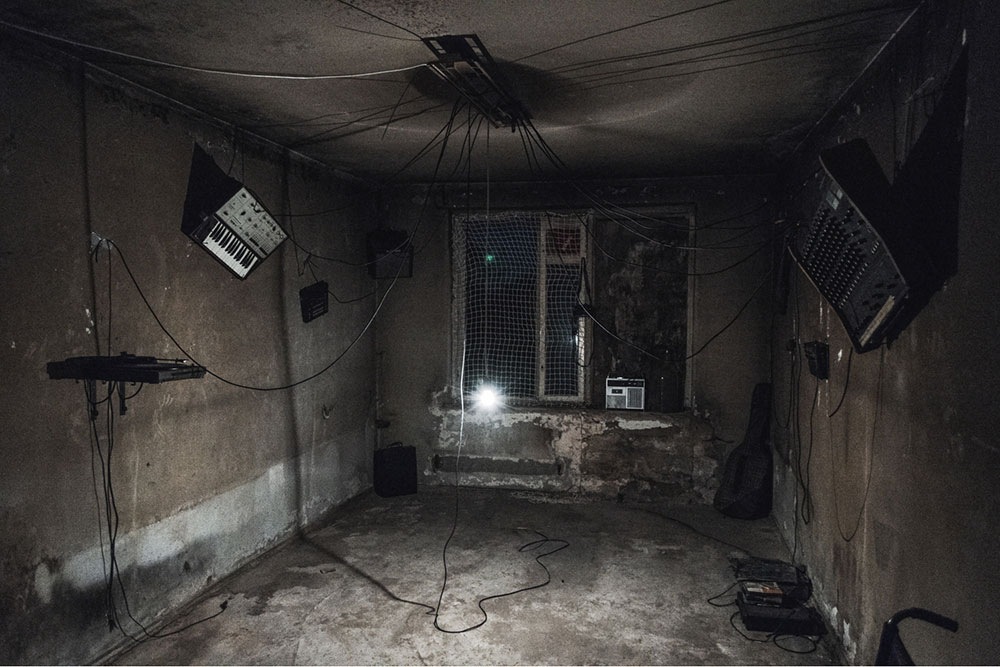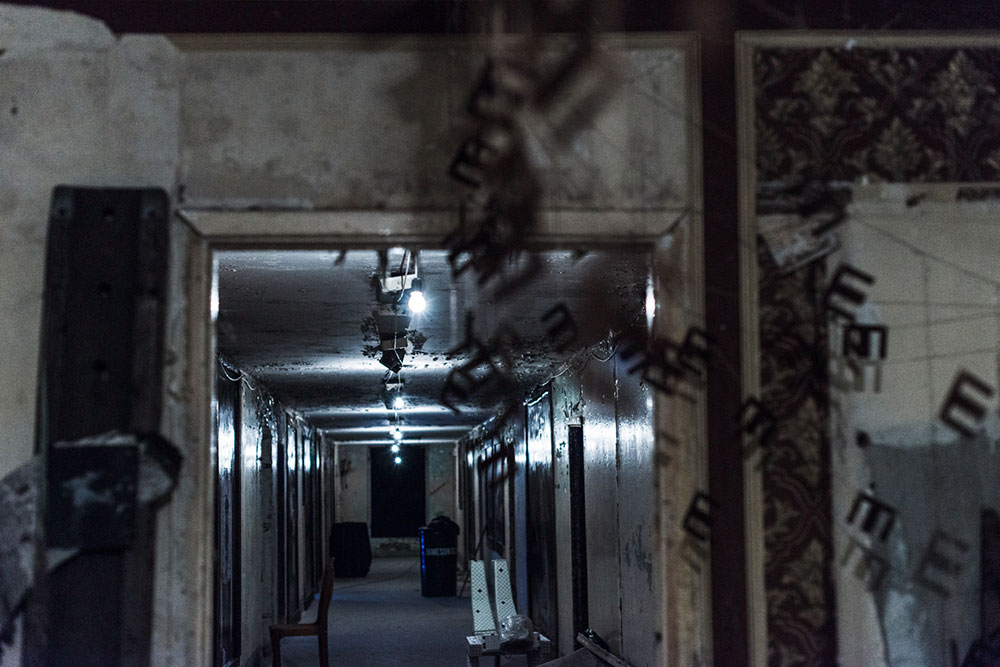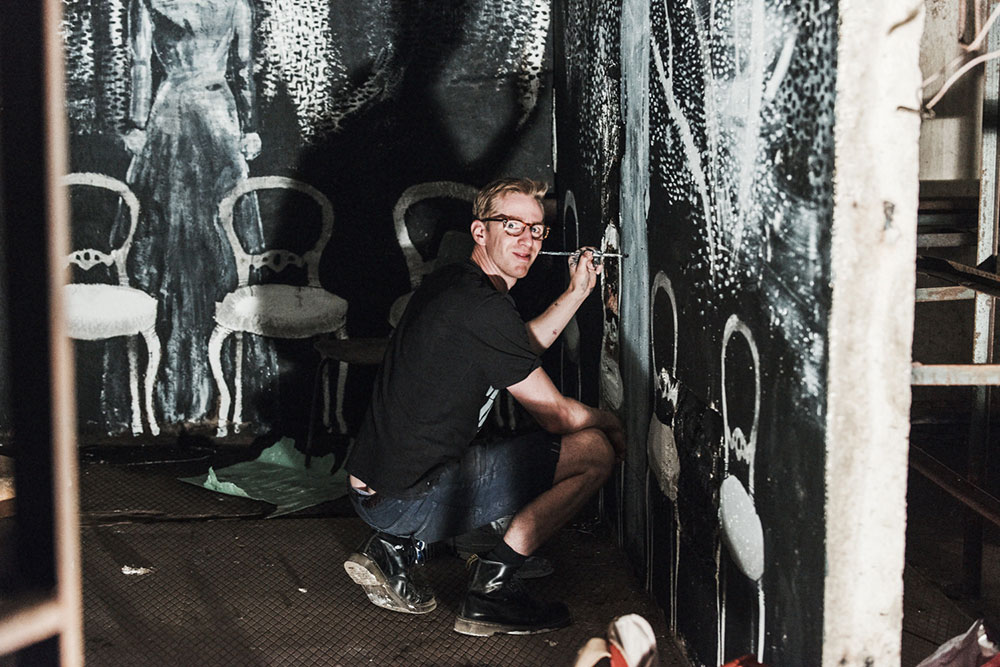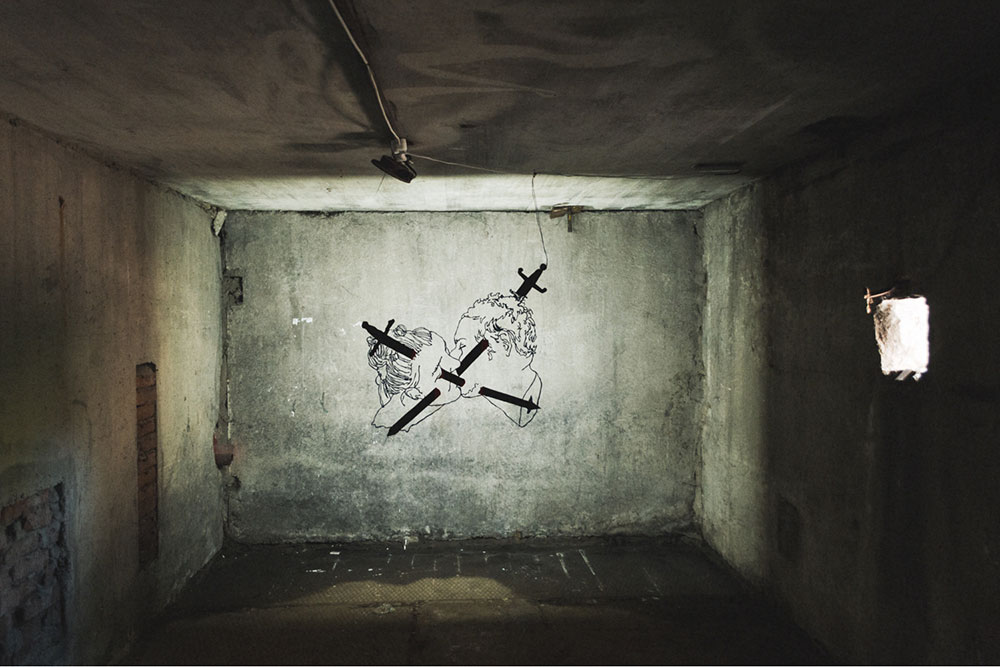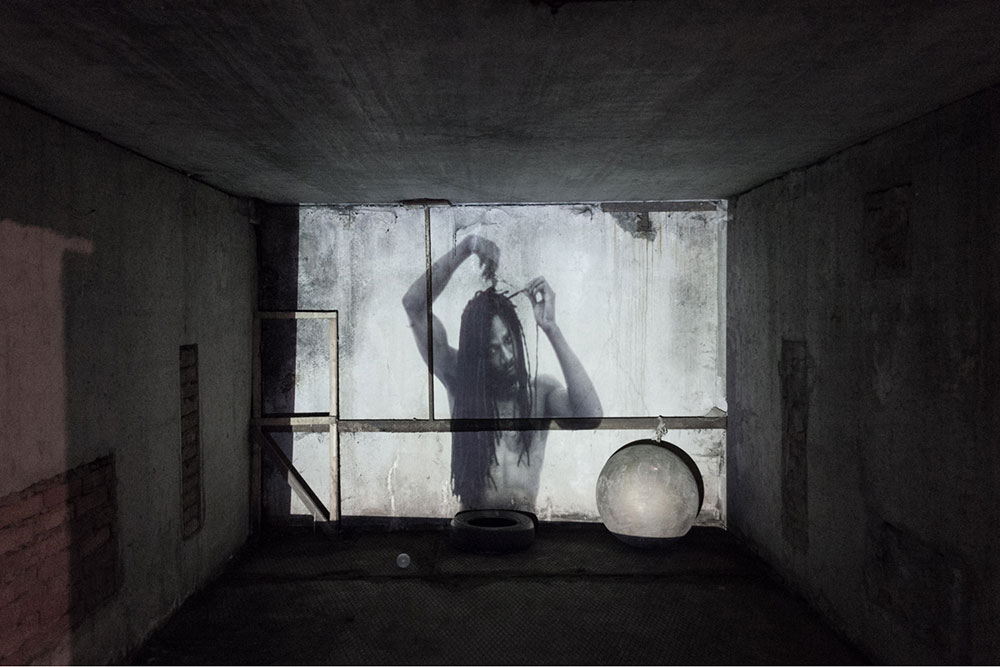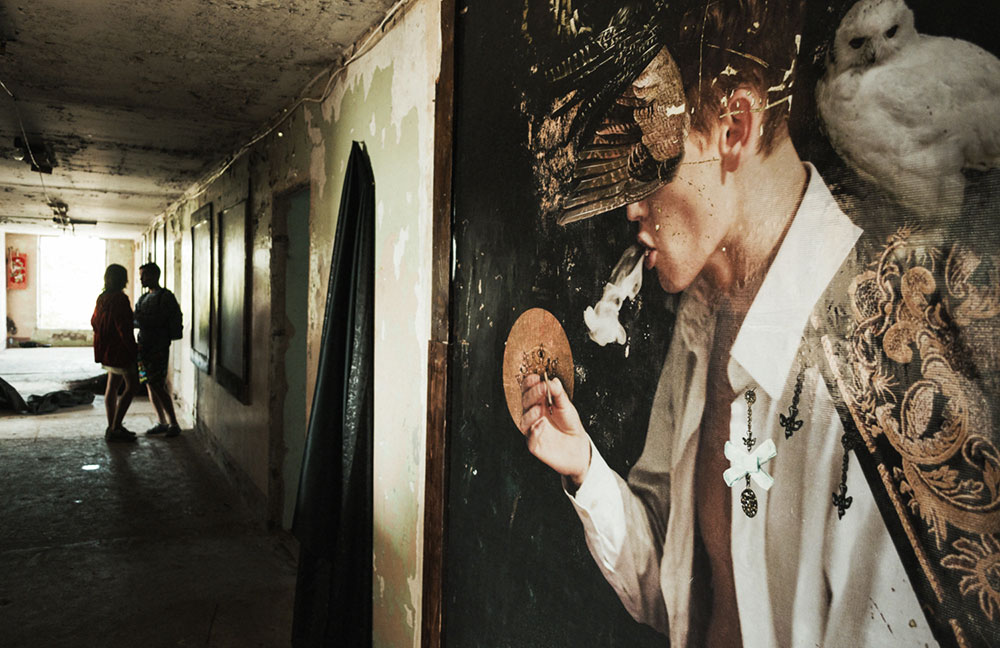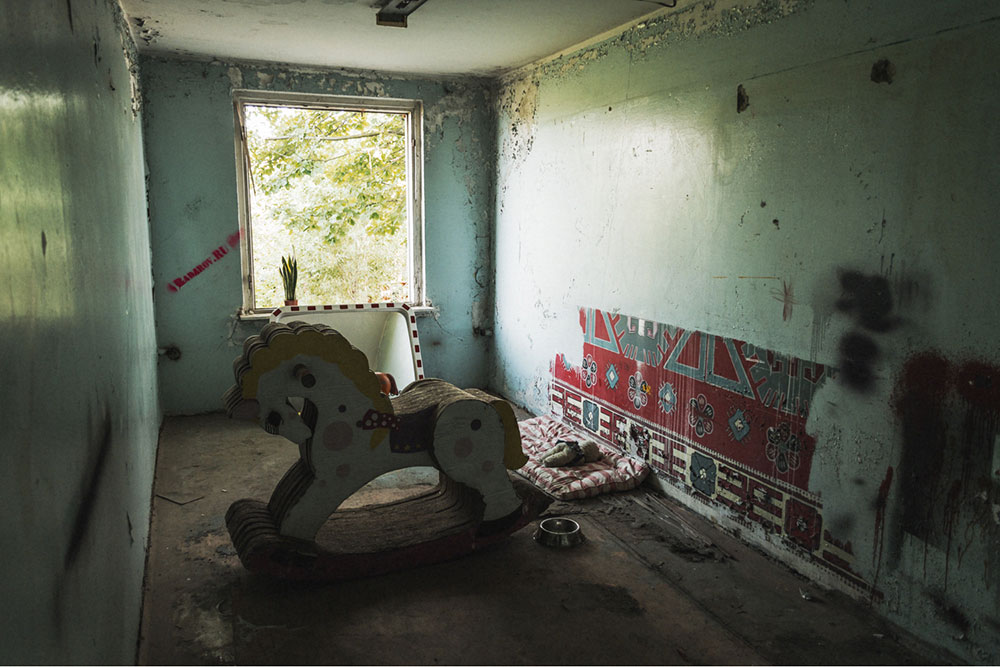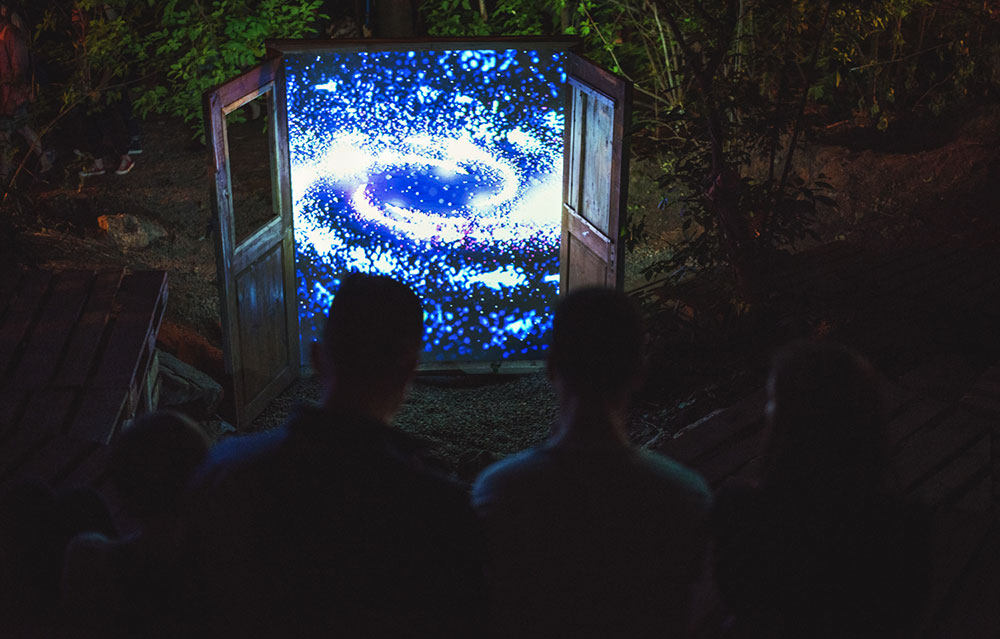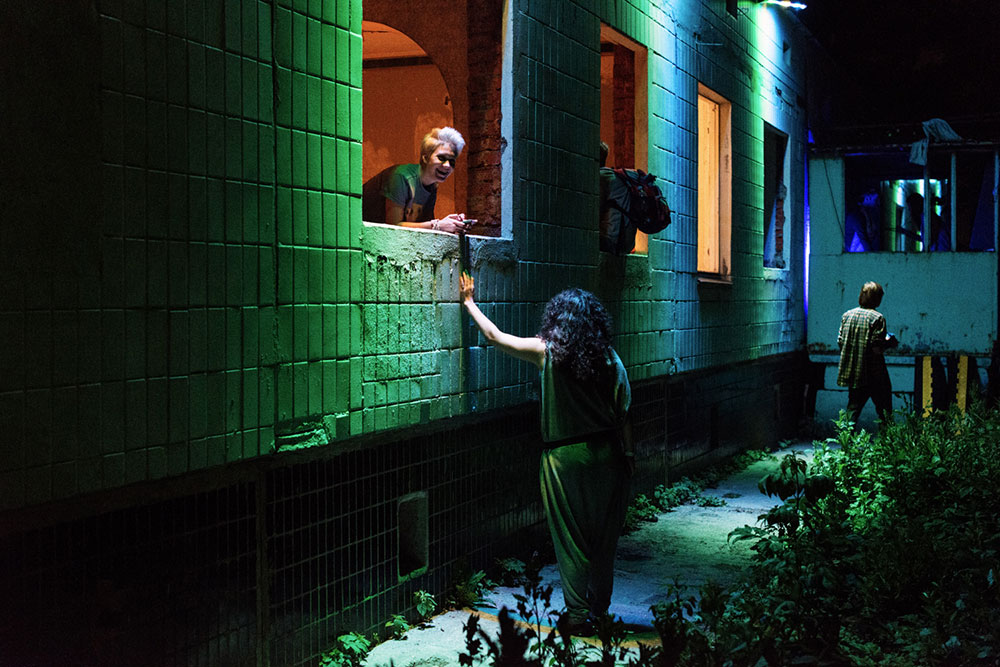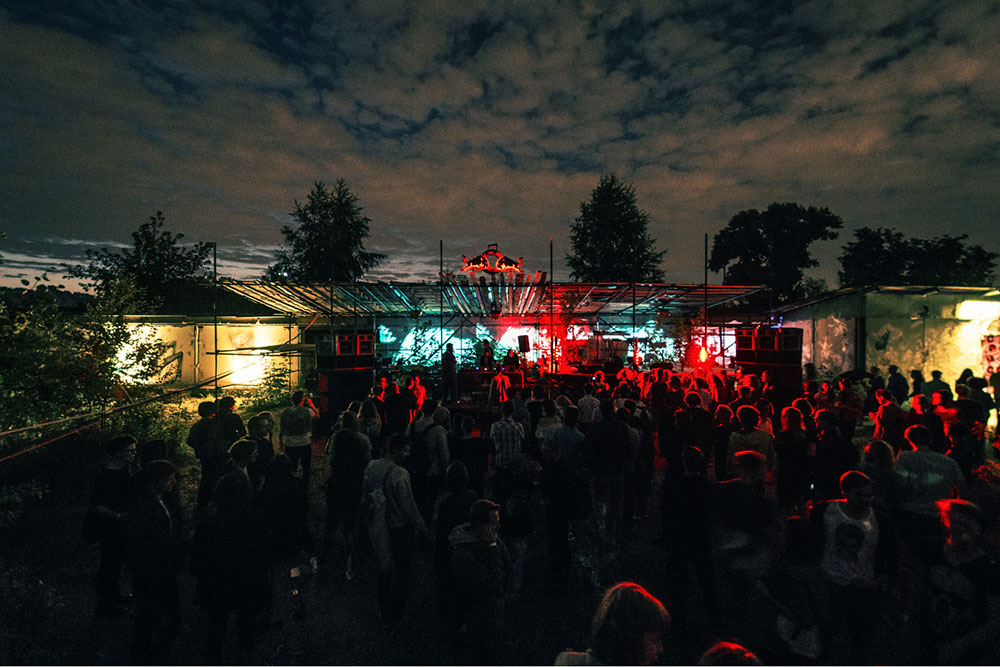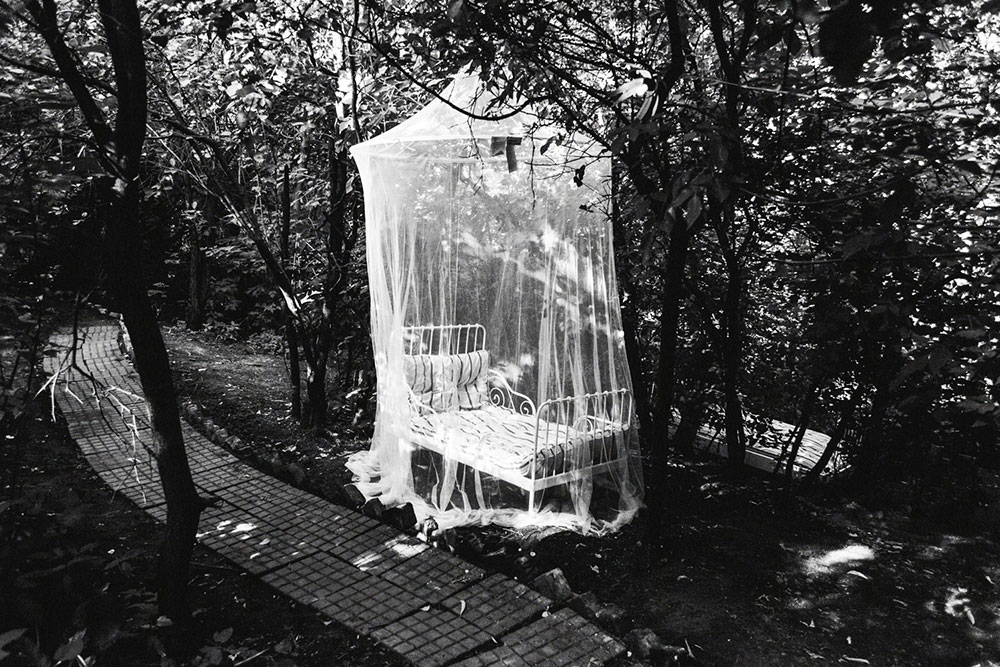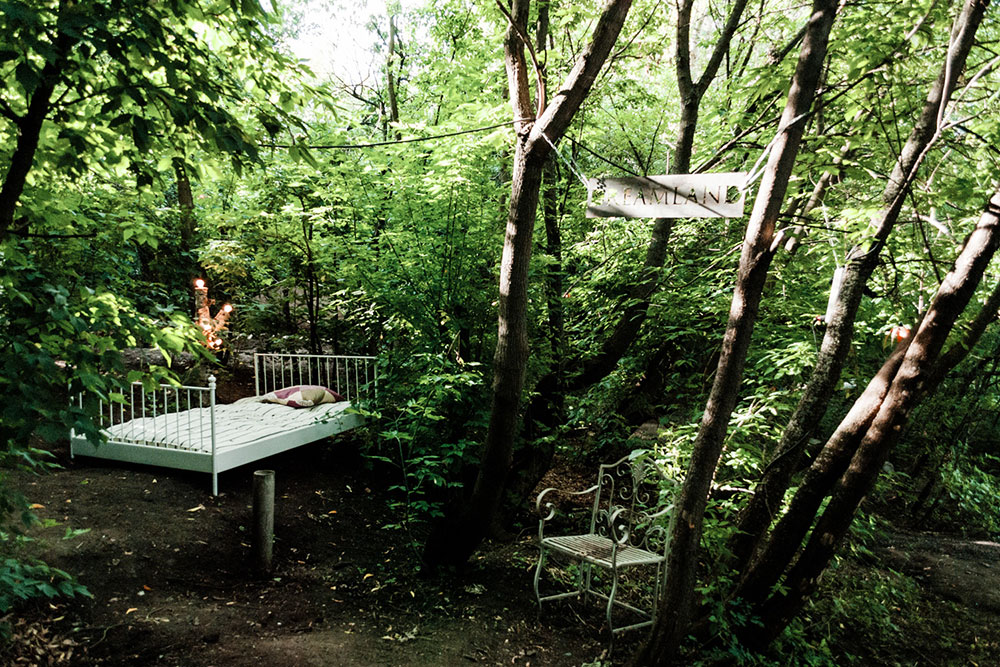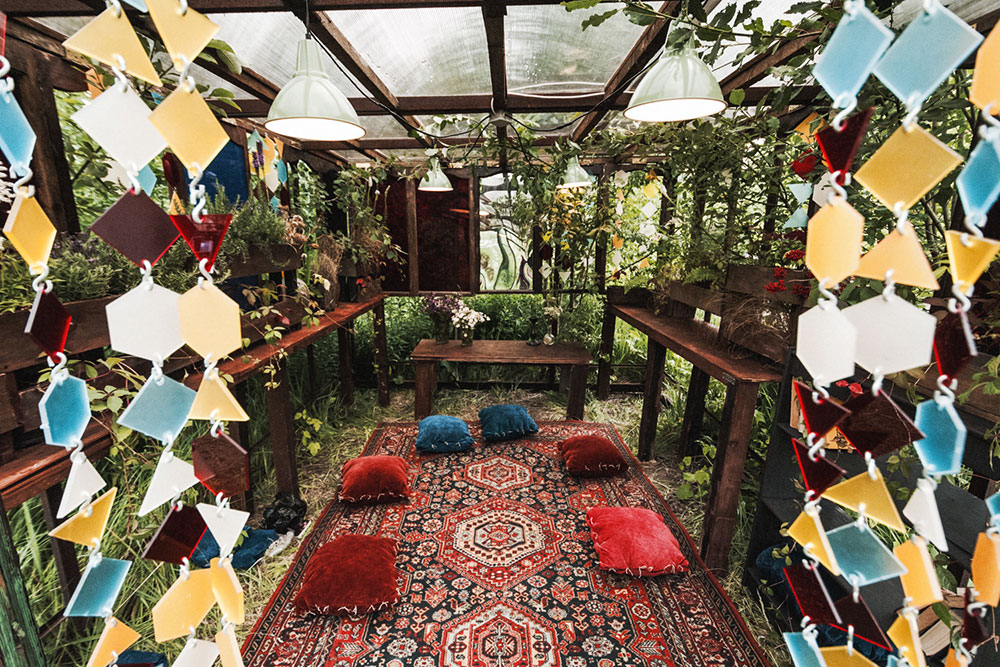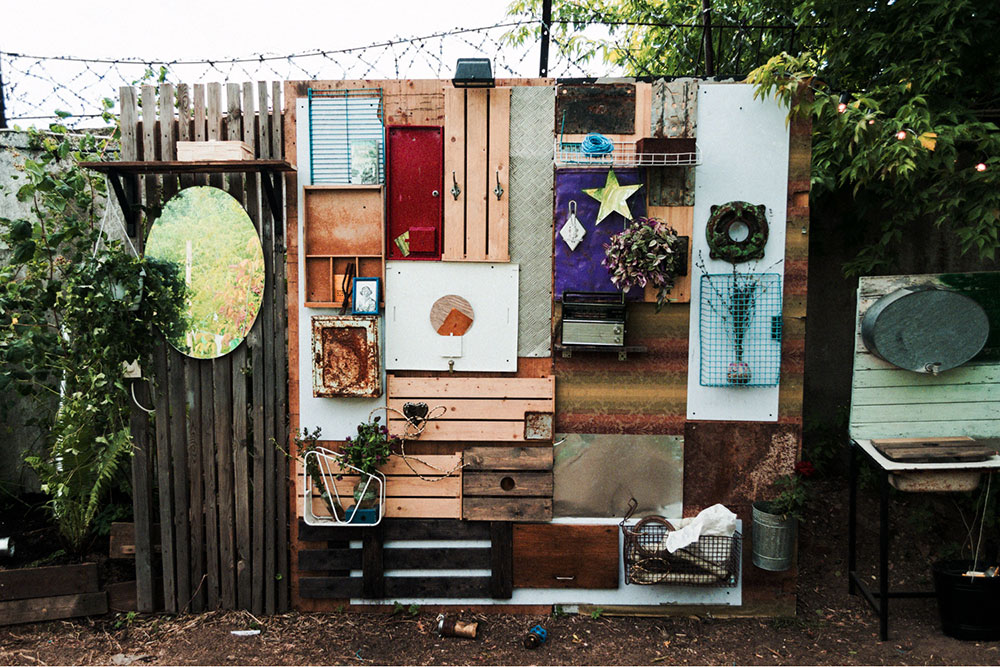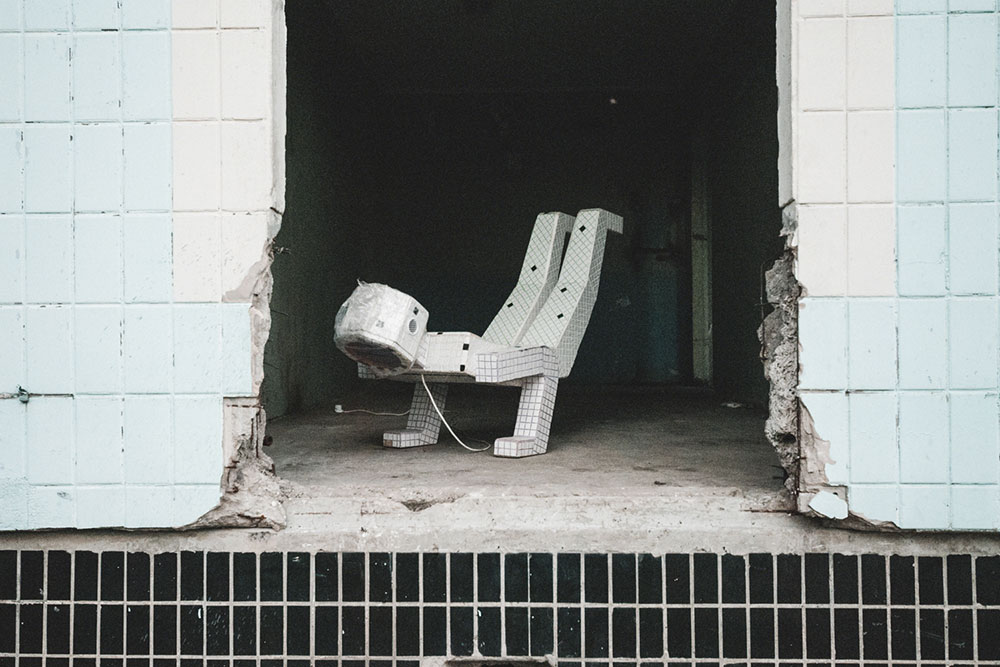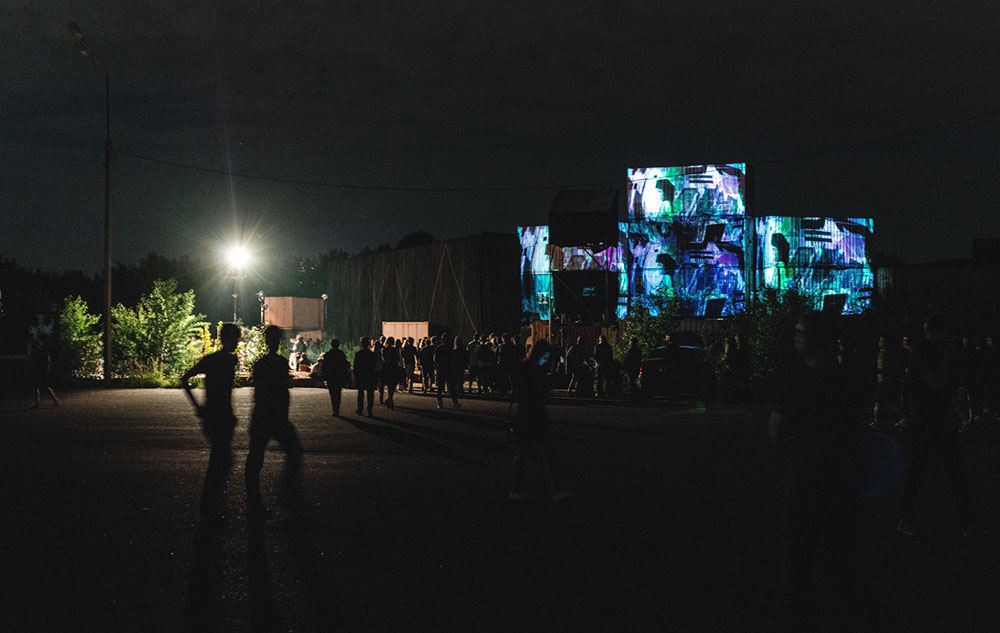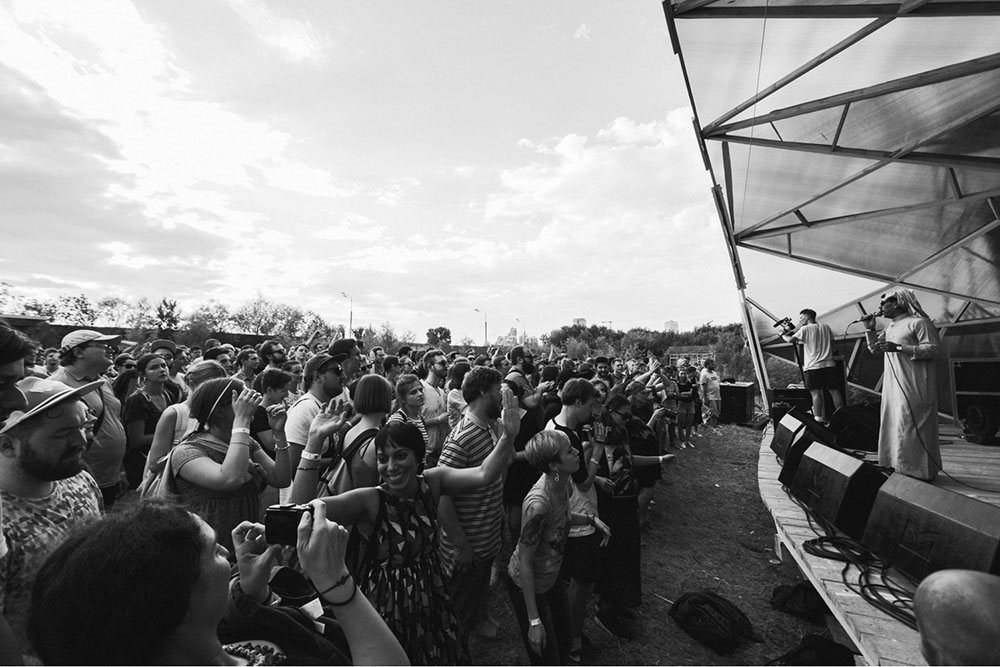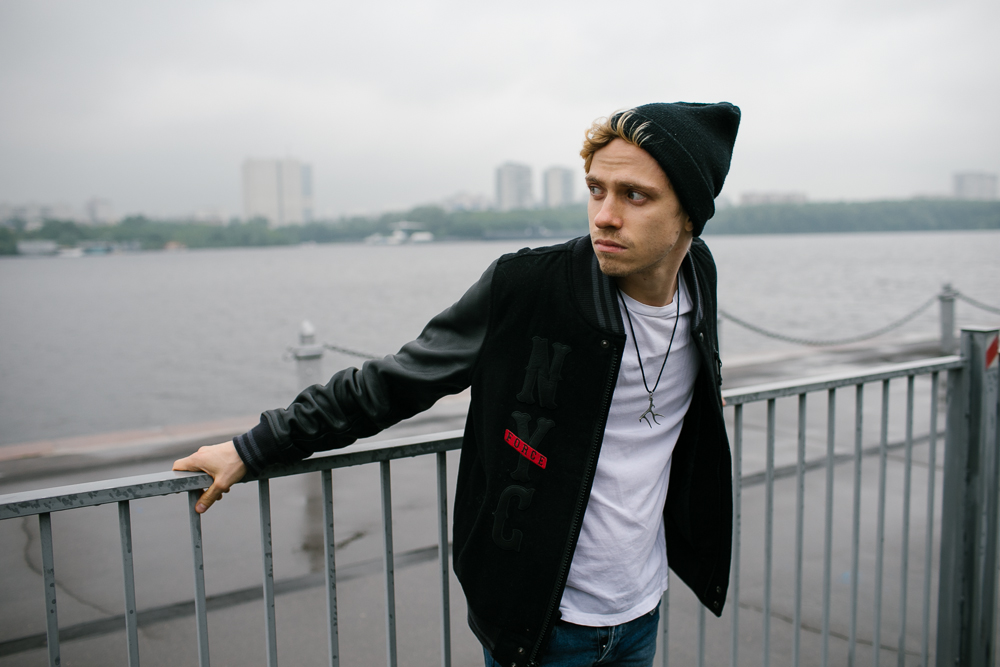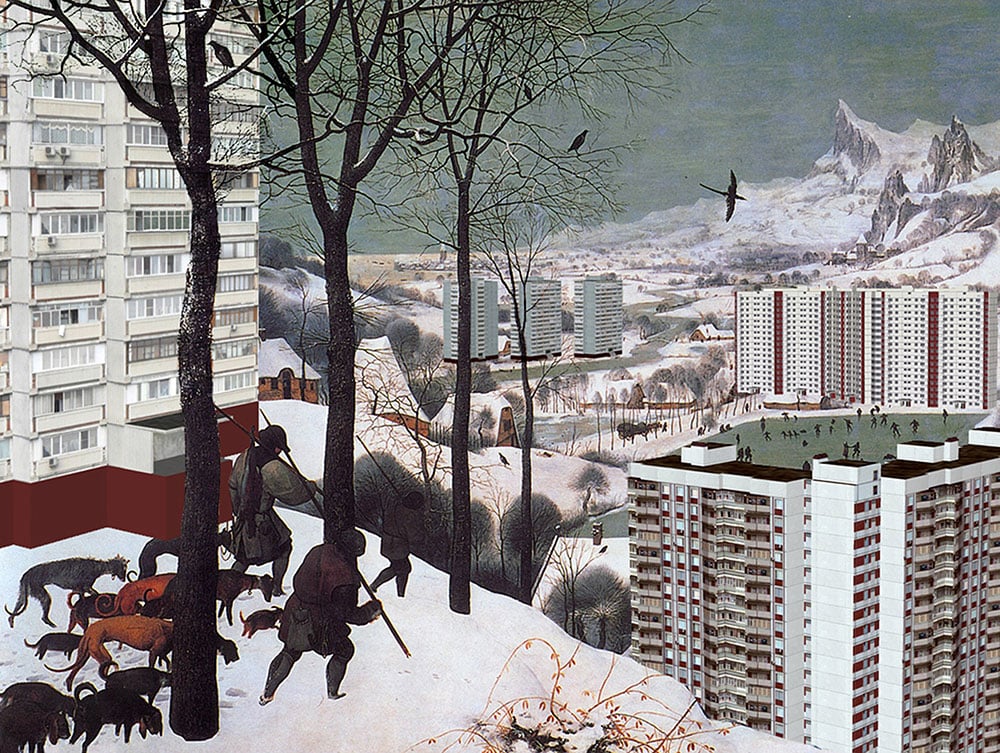Art beats: impressions of a Moscow festival
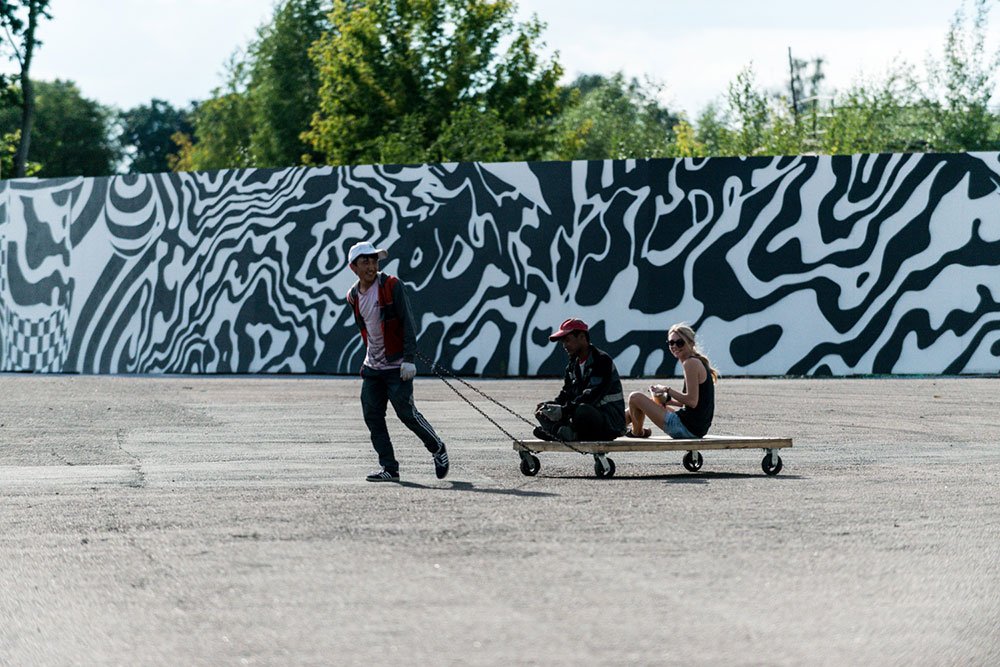
As the first snow falls in Moscow, Michael Salu remembers the summer heat at Outline, an electronic music and arts festival on a bend in the Moscow river
In Nikolai Gogol’s short story The Overcoat, the poor and hapless protagonist, Akaky Akakievitch Bashmachkin, dies rather quickly of illness, and seemingly irrelevance, after thieves make off with his arduously obtained new overcoat in the middle of winter. Akaky’s ghost is then rumoured to pilfer the coats of unsuspecting fellow citizens in St Petersburg, in revenge for his lowly position in society.
The cultural exports we receive are often caught up in stereotypes and those descriptive winters I encountered in Russian novels were a lasting trope of my youth. Excitedly, I’d imagine crunching icy snow under my boots, trudging the frosted 19th-century streets of St Petersburg and gazing at the opulent rooftops of its churches, gleaming in the freshness of a winter sun.
Last July I was invited to show a film I’d made at Outline, an electronic music and art festival in Moscow. Riding the Aeroexpress train from Domodedovo airport was an opportunity to see the gradated changes of the landscape while the train hurtled towards the centre of the city. I’d occasionally catch a glimpse of a lone man by the railway tracks, sometimes two. They would usually be sitting in comfortable silence on their overcoats, resting against the steep grassy verges leading up to the steel of the tracks. Sometimes, I’d see a drink in hand. Sometimes it would be a solitary, shirtless man, staring off towards the concreted landscapes beyond. I found this melancholy image intriguing and later asked a Russian friend what it was about. Her reply was simple: “That is the soul of Russia.”
Outline was a two-day festival held on an old industrial site and motor-racing track at Mnevnikovskaya Poima, on a bend in the Moscow river to the west of the centre. The festival was organised by the team behind Arma17, one of Moscow’s principal house and techno clubs, whose latest ventures involve more expansive multimedia events. I travelled with friends — the artist Catherine Anyango, who was producing a site-specific installation for the festival and my long-term, borderline sibling Sasha Rainey. It was Sasha’s first visit to Russia, though part of his family are direct descendants of Alexander Suvorov.
The festival site sprawled out over a motor racing track besides an unforgivingly fast main road. The racing club’s cafe doubled as the festival office, and while frantically emailing London, I’d occasionally look up and watch the petrol-fuelled go-karts competing with the main road traffic in the background. Next to the track was a garage with hulks of rusted vehicles strewn around and staffed by a group of affable Uzbeks. The makeshift cafe served as a haven that first day. In the sun we ate a simple variant of plov, a traditional Uzbek dish prepared traditionally by men.
The racing club’s cafe doubled as the festival office
The stages and spaces of the venue were scattered around the expansive site. The art installations were in a hollowed-out husk of a building, its former purpose difficult to determine. There were two floors of equally proportioned rooms, each anchored by a spine of a central corridor. Each room was designated to a different artist or collective — mostly young local Russian artists. Arriving three days later than most, I stepped into a hive of activity, people darting about in paint-splattered denim and brows furrowed in determination. All around the site were piles of detritus. Old bath taps, wooden shop signs, eyeless dolls, obscure vinyl records, the shell of an old radio, amputee mannequins, infinite materials of the past.
Equipment seemed scarce, but this was soon overcome by the quiet camaraderie among the artists. Items were offered and shared. An extension cable here, a banana there. This resourceful complicity seemed eventually to extend to the works themselves as I began to see them take shape.
After a lull of heat-induced procrastination and frustration, we got our own work ready. Catherine’s was a playful installation representing three works of Moscow-based fiction — The First Circle by Alexander Solzhenitsyn, Chekhov’s Three Sisters and The Twelve Chairs by Ilf and Petrov. Sasha supported the work through wonderfully macabre monochrome renditions of the three sisters, who glimmered ominously in the muted torchlight. My own installation, a film entitled Yesterday exploring themes of representation and otherness, was quick to set up, after some delays in obtaining the relevant equipment.
Occasionally I’d pop out from our dimly lit lower floor for a bit of sun and each time I would see less and less of the detritus. Each time I walked around the site, I’d see another resourceful artistic creation, a composition of recycled elements — dreams and aspirations sculpted from the past. Passion, desire and exuberantly clear voices rang around the exhibits. The festival visitors had begun to arrive just as I switched on the lamp of my projector.
Night brought with it a bewitching transformation from the rusted spaces we saw during the day, illuminated by exuberant revellers, pockets of neon installations and projected visuals. The electronic music scene as a whole, from the cadenced crowd-pleasers to the more expansive experimental sounds, seemed to me to be taken more seriously from Berlin eastwards.
The electronic music scene as a whole…seemed to me to be taken more seriously from Berlin eastwards
Sasha and I had been excited about a line-up that included Actress, Ricardo Villalobos and Robag Whrume, artists whose work often veers beyond the coagulated consistency of more accessible electronic music. At one of the smaller stages surrounded by a fog of smoke, we indulged a little backstage and listened to Villalobos and Actress consecutively slide off into twitchy immersions, as if the synthesised emissions themselves were bobbing just below the surface of water.
The crowds were substantial, but as the stages were situated quite far apart on the expansive festival site, each area became its own small village often hidden by leafy or concrete enclaves. Eclectically attired visitors scuttled along in lines like worker ants between stages, exploring the sites and art installations with great interest, which led to seamless jovial conversations all night. By the time I had returned to my film deep into dusk to check it was still operational, the art site had drifted into fantasy with the darkness. Fairies in bridal dresses skipped around mischievously or lay louchley in empty bathtubs, shamans encouraged us to partake in a ritual drink of herbal cleanliness and tsarist nobles puffed joints at me provocatively. Two young Russian girls were swaying to my film as the crowd looked on.
We stayed most of the distance, leaving behind the night’s heady audio-visual mix and lazed through the daytime’s sun-bleached ambience, though when we left I would struggle to remember. I sobered up somewhat upon hearing a strong Yoruba accent from the drivers’ seat of the taxi we had piled in to.
“So…What are you doing here?” I asked him.
“What are you doing here?” he retorted.
We both laughed as he turned up the volume on his car stereo and all passengers started a kind of seated jig while our driver led by singing along to Fela Kuti.
Being British of Nigerian descent, I’ve occasionally, and admittedly rather lazily, drawn parallels between Nigerians and Russians from my experiences of both. I think of intellectual exports like Wole Soyinka, with his verbose, insightful musings and uncompromisingly political voice, and find similarities with a dissident like Trotsky. And then there are those who have benefitted from the economic tumult of each country over the last couple of decades — true masters at ostentation who leave the less fortunate masses in their wake. There is also a shared resourcefulness, and a determination to pursue a goal, often by whichever means necessary.
There was none of the weariness I so often witness in punters at the cultural gatherings I’m used to
Though I had been to Moscow before, I didn’t carry with me any expectations for the festival itself. But I found the crowd different from those in the UK or Europe. There was none of the weariness I so often witness in punters at the cultural gatherings I’m used to. In Moscow the music festival seemed a rarity and I saw young people enjoying themselves, exuberant, passionate and honest.
Late the following evening, I took a walk with a friend around the quiet streets of central Moscow. We had paused outside a department store that caught my eye, taken aback by the ceilings that dripped in tsarist opulence and made for an intriguing glittering spectacle in the half light. I hadn’t noticed an older Russian man, slumped against the wall beside the store. It was cold, but he sat on an inadequate blanket, without a coat. He looked up and, seeing us peer inside, said in clearly delineated English, “Ah yes. No future in Russia, only history.”
